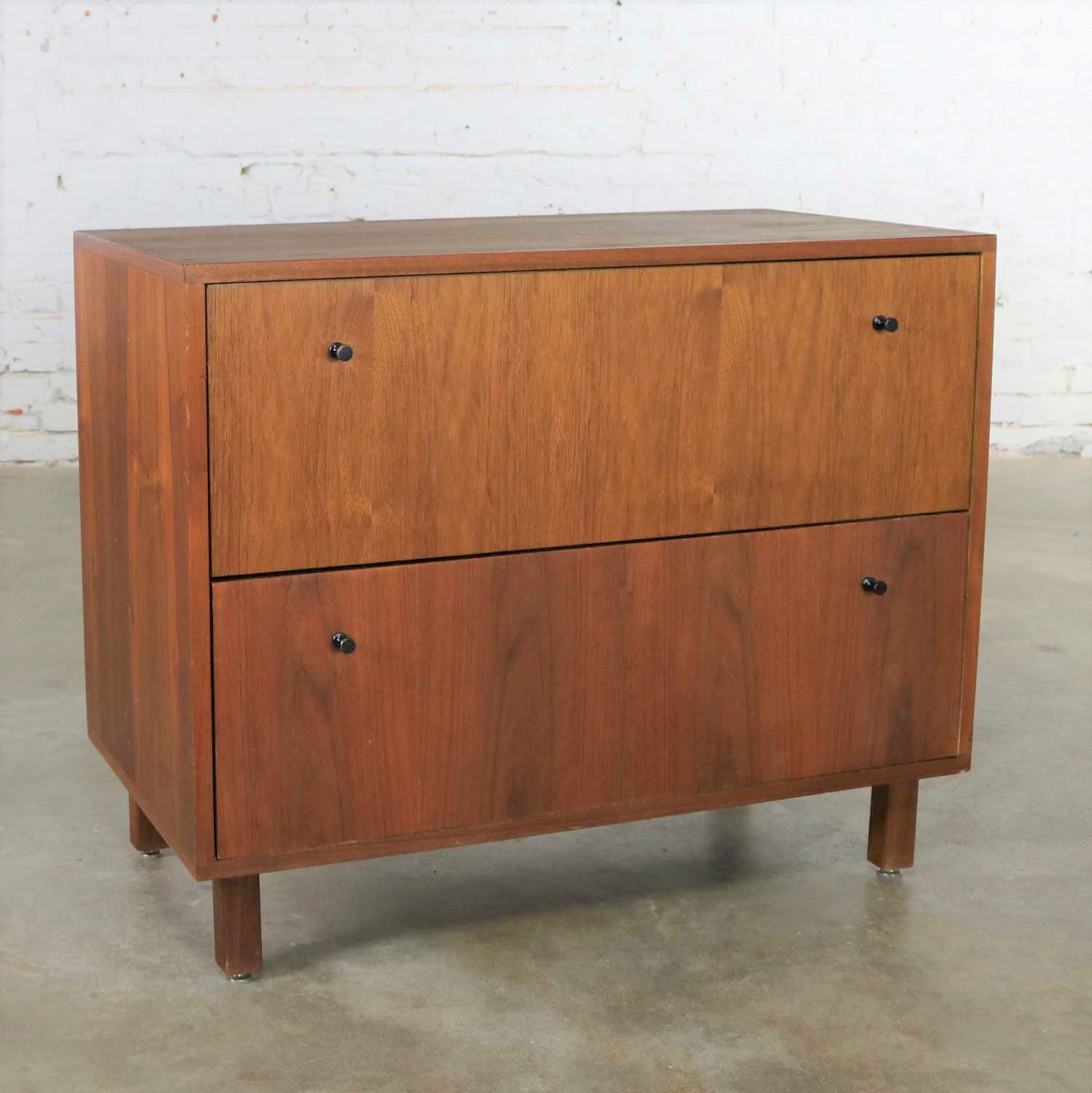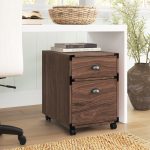Introduction: The Quest for Organizational Excellence
In the fast-paced environment of modern offices, efficiency is not just a buzzword; it’s a necessity. Among the many factors contributing to a well-organized workspace, effective storage solutions stand out as pivotal. Enter two-drawer lateral filing cabinets – the unsung heroes of office organization. These compact yet spacious storage units have transformed cluttered workspaces into havens of productivity by marrying form with function. In this comprehensive exploration, we delve into the advantages of incorporating two-drawer lateral filing cabinets into your office layout, their design features, and how they can elevate your workspace’s efficiency to new heights.
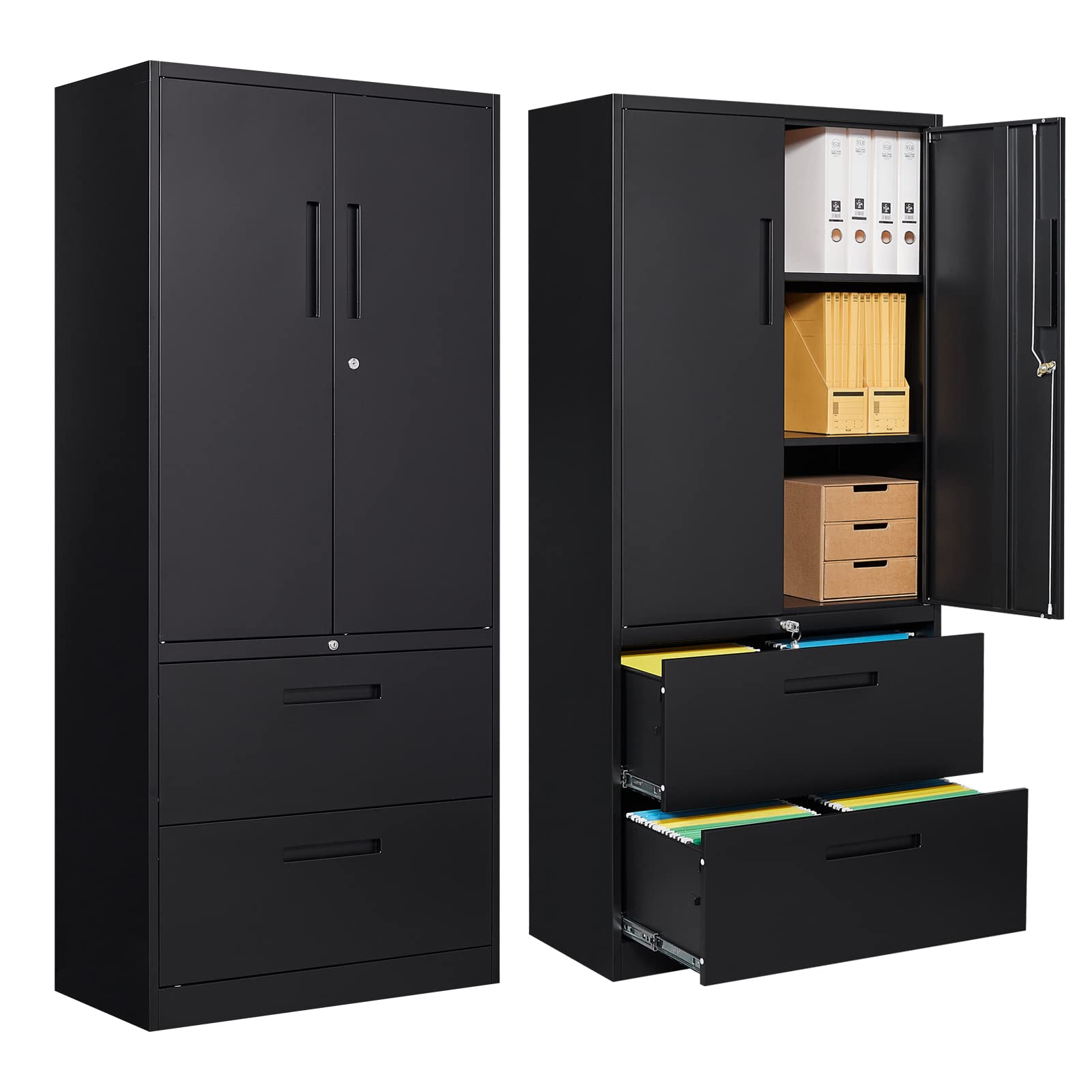
Design Features That Make a Difference
Two-drawer lateral filing cabinets distinguish themselves from their vertical counterparts through their width rather than height. This lateral orientation allows them to accommodate legal or letter-sized documents side by side in each drawer, significantly increasing filing capacity without taking up excessive floor space. The drawers glide smoothly on heavy-duty suspension systems, ensuring easy access even when fully loaded. Moreover, these cabinets often come equipped with anti-tipping mechanisms, ensuring safety by preventing more than one drawer from being opened simultaneously, thus avoiding potential accidents.
One notable design aspect lies in the versatility of materials and finishes. From sturdy steel constructions that exude industrial charm to sleek wooden designs that blend seamlessly into executive suites, there’s a cabinet to match every office aesthetic. Powder-coated finishes resist scratches and corrosion, while laminates offer durability and easy cleaning, making maintenance a breeze. Additionally, options for locking systems provide an extra layer of security for sensitive files, ensuring confidential information remains protected.
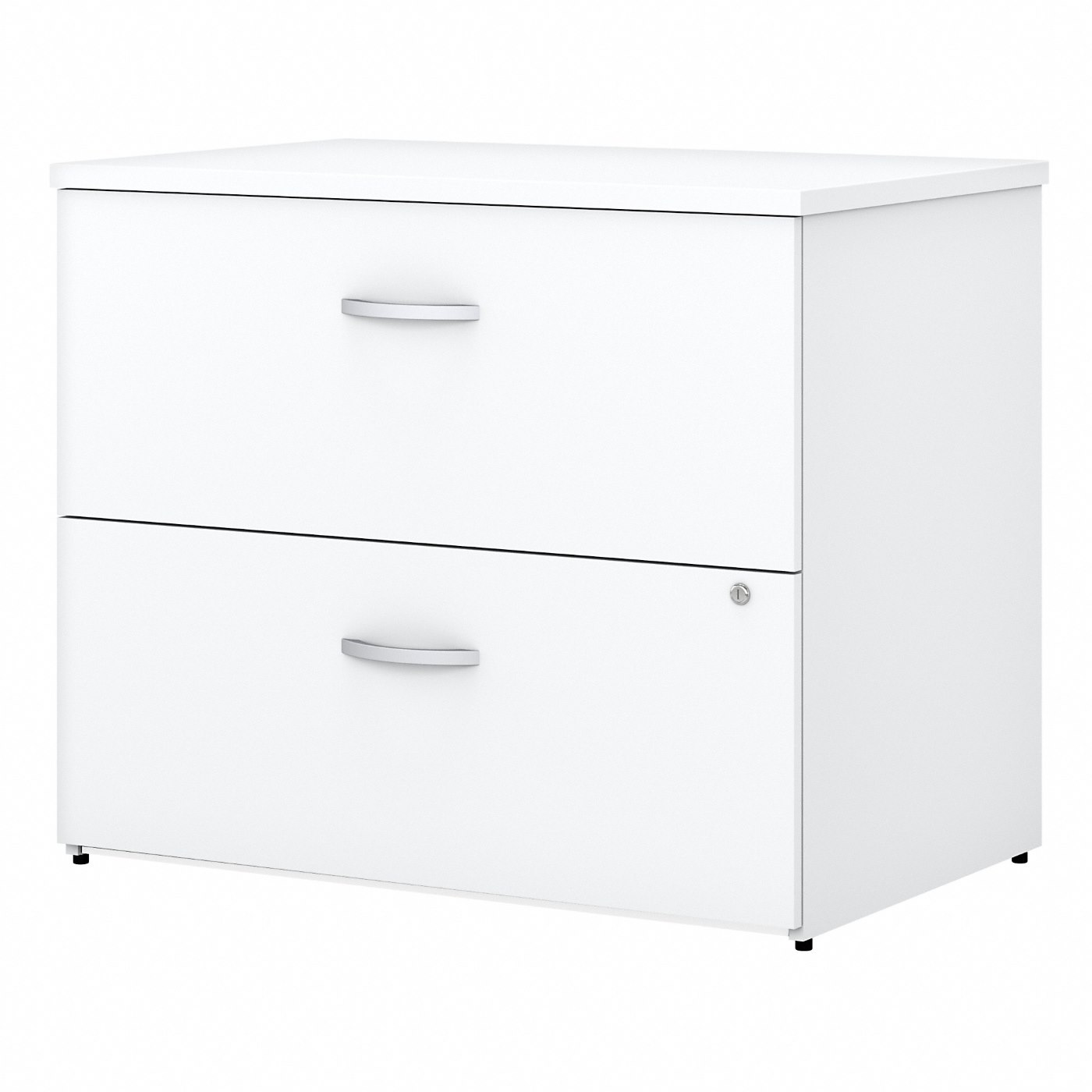
Maximizing Workspace Efficiency
Efficient use of space is paramount in any office setting. Two-drawer lateral filing cabinets excel in this regard by offering substantial storage volume within a compact footprint. Their low profile allows them to fit snugly under windowsills or alongside desks, freeing up precious square footage for other essential office functions. By keeping frequently accessed files within arm’s reach, employees save time that would otherwise be spent walking to central filing areas, enhancing workflow and productivity.
Moreover, the lateral design encourages better file organization. Instead of stacking files vertically, which can lead to disarray or misfiling, the side-by-side arrangement facilitates clear categorization and quick retrieval. Color-coded or labeled hanging folders become instantly visible, streamlining the document management process. This not only saves time but also minimizes errors, promoting accuracy in record-keeping.
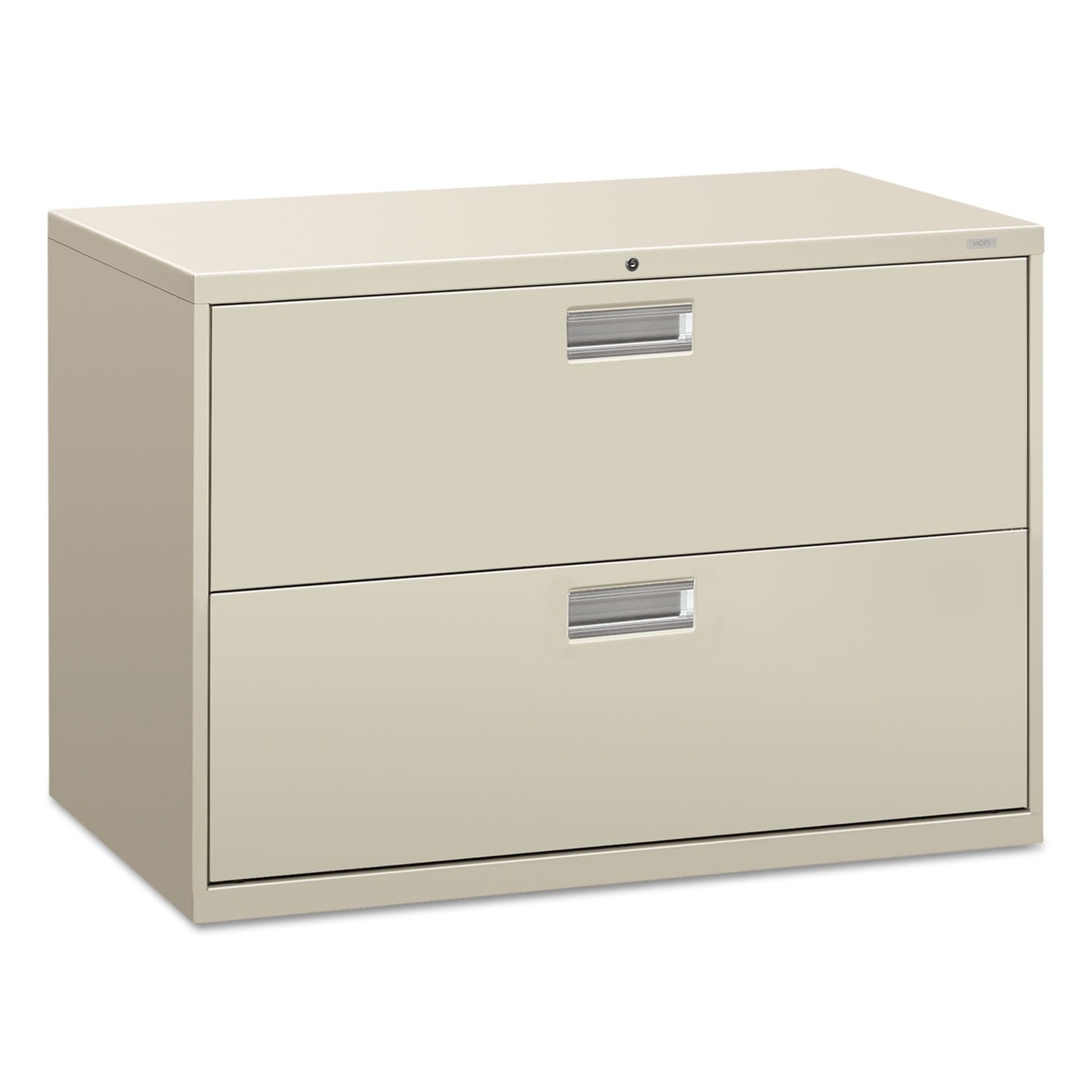
Enhancing Aesthetics and Ergonomics
In today’s offices where employee well-being is prioritized, ergonomic considerations are crucial. Two-drawer lateral filing cabinets contribute to a healthier work environment by reducing bending and reaching. Their lower height ensures that files are at a comfortable level for most users, minimizing strain on the back and neck. Coupled with the smooth operation of drawer slides, accessing files becomes an effortless task, promoting good posture and reducing the risk of workplace injuries.
Aesthetically, these cabinets can serve as more than just storage units; they can enhance the overall look and feel of an office. With a range of colors and finishes available, they can either blend harmoniously into the background or act as stylish accents. Some models feature recessed handles or push-to-open mechanisms, contributing to a clean, uncluttered appearance that aligns with minimalist office designs. Furthermore, the option to add casters enables mobility, allowing cabinets to be rearranged effortlessly as office layouts evolve over time.
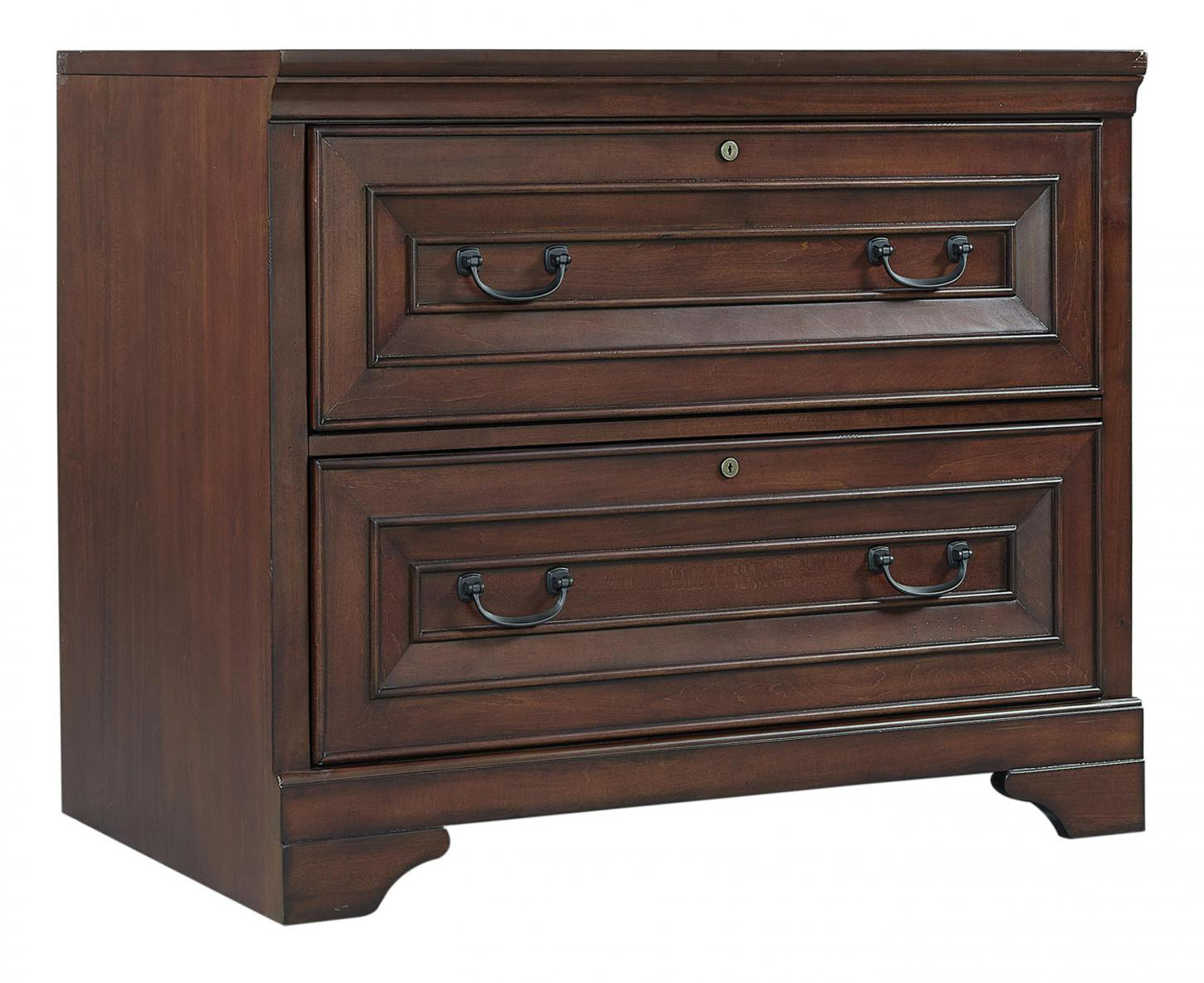
Adapting to Changing Needs
Flexibility is key in a dynamic work environment. Two-drawer lateral filing cabinets offer adaptability through their ability to be used not just for paperwork but also for storing office supplies, electronics, or even as a base for printers and scanners. This multi-functional use optimizes space utilization and accommodates evolving office needs. As businesses increasingly adopt digital document management systems, these cabinets can transition into storage for backup hard drives, manuals, or infrequently accessed archives, preserving their relevance in the digital age.
For growing companies, stackable or modular designs allow for expansion without compromising on floor space. Additional cabinets can be added as needed, vertically or horizontally, creating a cohesive storage solution that grows in tandem with the business. This scalability ensures that initial investments in office infrastructure remain future-proof.
Promoting Environmental Sustainability
In the quest for eco-friendly office solutions, two-drawer lateral filing cabinets often contribute positively to sustainability efforts. Many modern cabinets are manufactured using environmentally responsible materials and processes, such as recycled steel or certified wood products, reducing their carbon footprint. These materials are durable and long-lasting, meaning the cabinets need replacing less frequently, thereby minimizing waste.
Furthermore, their design promotes reuse and repurposing. Should an office’s storage needs change—due to digitalization or other factors—the cabinets can easily be adapted for different uses within the workspace or even in break rooms for storing kitchen supplies, games, or stationery. This versatility extends their lifespan and reduces the need for new purchases, aligning with circular economy principles.
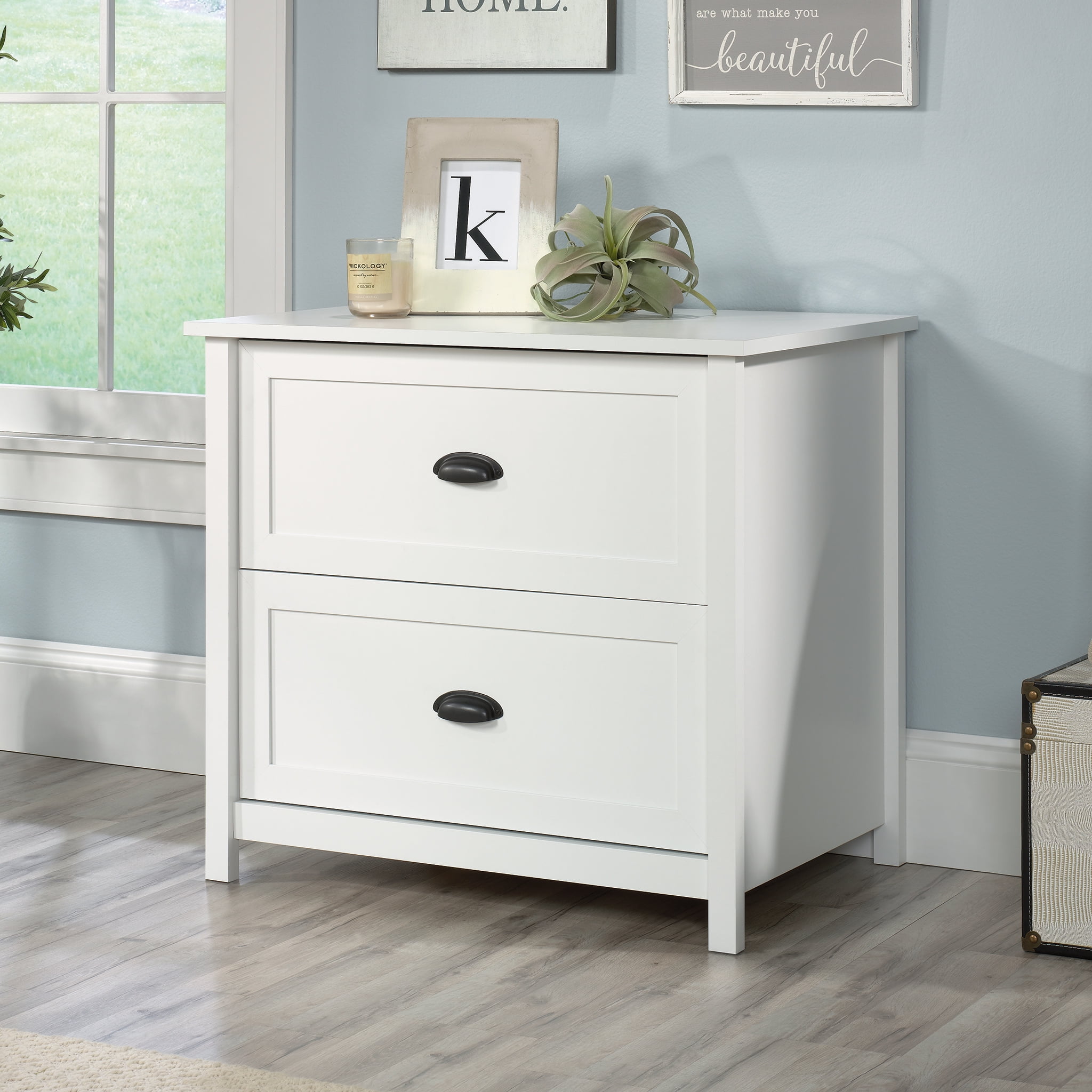
Integration with Smart Office Technology
As offices embrace smart technology, lateral filing cabinets are also evolving to integrate with these systems. Advanced models may include features like electronic locks that can be controlled via mobile apps or integrated into building security systems, enhancing access control and monitoring capabilities. Smart sensors can monitor cabinet usage, providing data on storage efficiency and identifying underutilized spaces, enabling further optimization of the workspace.
Additionally, some cabinets now come equipped with charging stations or USB ports, transforming them into functional hubs where portable devices can be conveniently charged while stored or during use. This not only keeps workspaces tidy but also supports the increasing reliance on technology in daily operations.
Conclusion: Investing in a Well-Organized Future
In conclusion, two-drawer lateral filing cabinets are far more than mere storage containers; they are strategic tools that facilitate productivity, enhance ergonomics, and contribute to a professional office ambiance. By optimizing space usage, improving file organization, and adapting to changing needs, they represent a wise investment for businesses seeking to streamline operations and support employee well-being. As offices continue to evolve, integrating smart storage solutions like lateral filing cabinets will remain a cornerstone of creating efficient, functional, and aesthetically pleasing work environments that foster success and growth.
